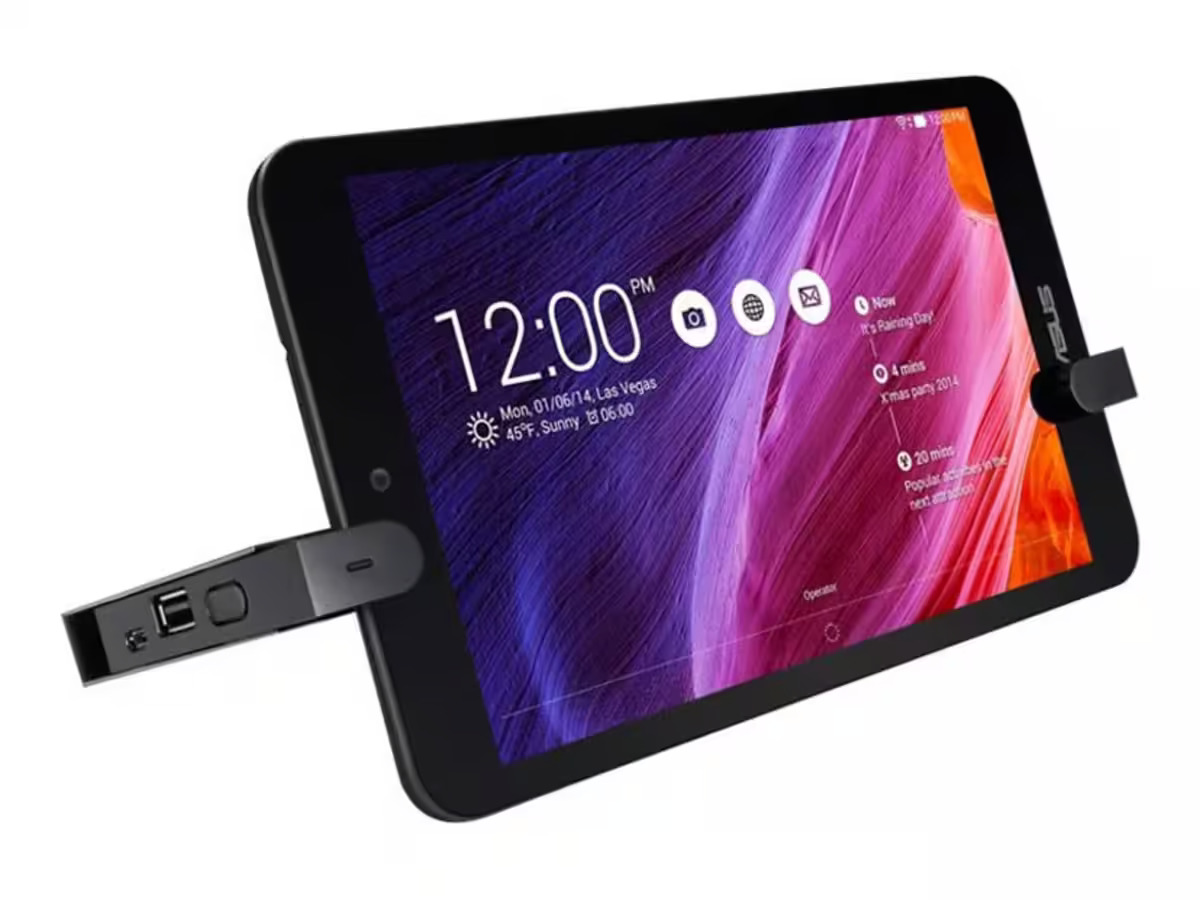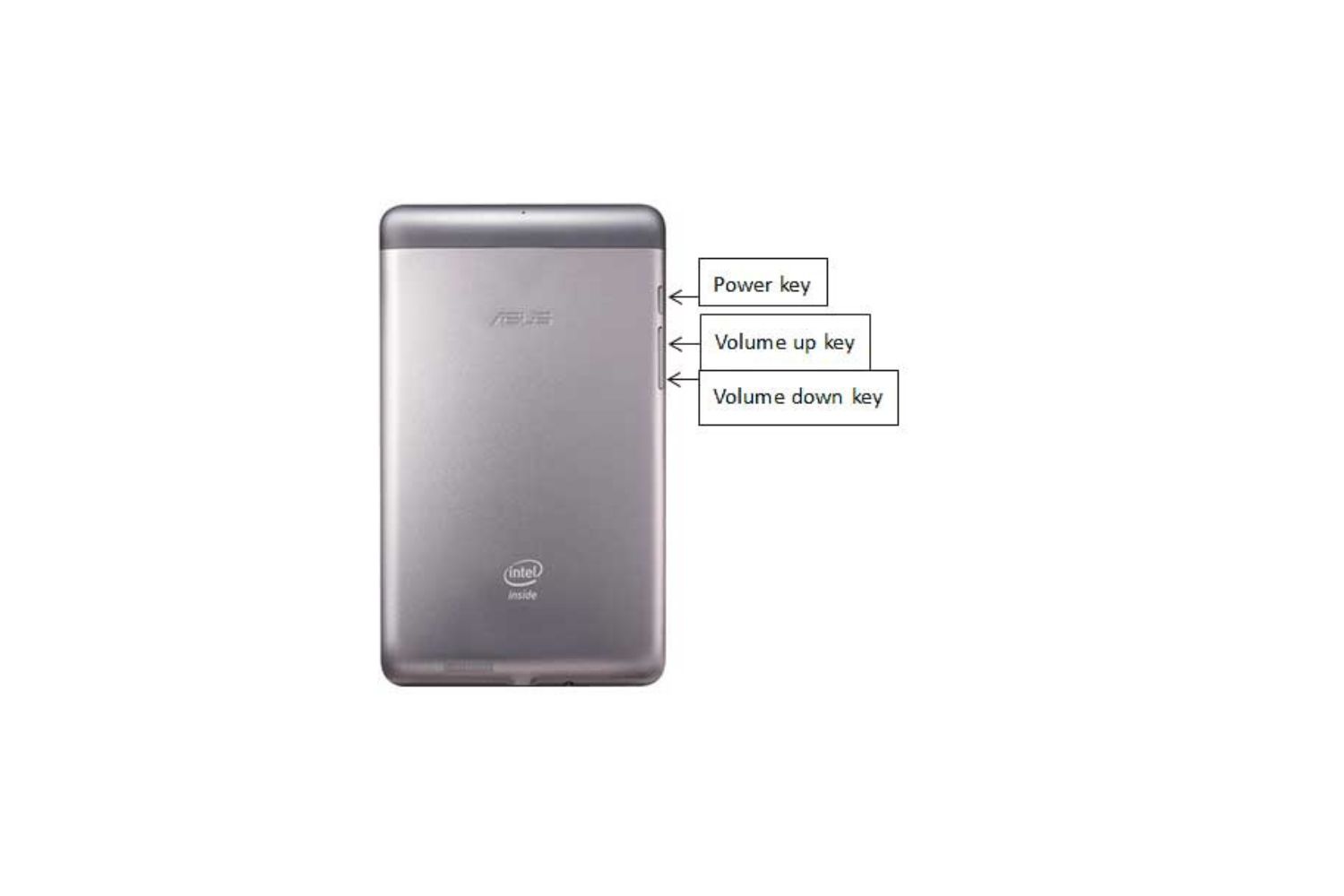Introduction
Welcome to the world of Asus tablets! These sleek and powerful devices have become increasingly popular, offering users a seamless and immersive digital experience. However, there may be instances where you encounter issues with your Asus tablet, such as freezing or being unresponsive to touch. In such cases, performing a hard reset can often be the solution to get your tablet back to optimal functioning.
A hard reset, also known as a factory reset, restores your Asus tablet to its original factory settings. This process erases all data and personal settings on your device, so it’s essential to back up any important information before proceeding.
In this guide, we’ll walk you through the step-by-step process of performing a hard reset on your Asus tablet. Please note that the exact steps may vary slightly depending on the model of your tablet, so it’s important to consult your device’s user manual or check the Asus website for specific instructions tailored to your device.
Performing a hard reset should only be done as a last resort when all other troubleshooting methods have failed. It’s important to understand that a hard reset is a powerful tool that can resolve software glitches and other issues, but it should be used with caution to avoid any unintended consequences.
So, if you’re ready to dive in and learn how to do a hard reset on your Asus tablet, let’s get started on the next section!
Why Perform a Hard Reset?
Performing a hard reset on your Asus tablet can be a helpful troubleshooting step in various situations. Here are some common reasons why you might need to perform a hard reset:
- Device Freezing: If your Asus tablet freezes or becomes unresponsive, a hard reset can help resolve the issue by clearing out temporary files and resetting the device’s software.
- Software Glitches: Sometimes, software glitches can cause your tablet to behave erratically or display error messages. Performing a hard reset can often fix these issues and restore your tablet’s functionality.
- Performance Issues: Over time, your tablet may become sluggish or experience performance issues due to cached data, system updates, or incompatible apps. Performing a hard reset can clear out unnecessary data and optimize your tablet’s performance.
- Forgotten Password or Pattern Lock: If you’re locked out of your Asus tablet due to forgetting your password or pattern lock, performing a hard reset is often the only way to regain access to your device.
- Preparing for Sale or Handover: If you’re planning to sell your Asus tablet or hand it over to someone else, performing a hard reset is essential to protect your personal data and ensure a clean slate for the new user.
It’s important to note that performing a hard reset will erase all data and settings on your tablet, so it should be done with caution and as a last resort. Before proceeding with a hard reset, make sure to back up any important files, contacts, and app data to avoid permanent loss.
In the next section, we’ll guide you through the step-by-step process of performing a hard reset on your Asus tablet, ensuring that you follow the proper precautions to avoid any unintended consequences.
Step-by-Step Guide to Perform a Hard Reset on Asus Tablet
Performing a hard reset on your Asus tablet is a straightforward process. Follow the steps below to restore your tablet to its factory settings:
- Power off your tablet: Press and hold the power button on your tablet until a menu appears. Tap “Power off” to turn off your tablet completely.
- Enter Recovery Mode: Once your tablet is powered off, press and hold the “Volume Up” and “Power” buttons simultaneously until the Asus logo appears on the screen. Release the buttons when the logo appears.
- Navigate Recovery Mode: Use the volume buttons to navigate through the Recovery Mode menu. Scroll down to highlight the “Wipe data/factory reset” option and use the power button to select it.
- Confirm the Reset: In the next menu, confirm the reset by selecting the “Yes – delete all user data” option. This will initiate the hard reset process.
- Wait for the Reset: Your tablet will now begin the hard reset process. It may take a few minutes for the reset to complete, so be patient and avoid interrupting the process.
- Restart your tablet: Once the hard reset is complete, your tablet will automatically restart and boot up with the default factory settings. You will need to set up your tablet as if it were new, including configuring Wi-Fi, signing in to your Google account, and re-installing any necessary apps.
Note that the exact steps and options may vary slightly depending on your specific Asus tablet model. It’s always a good idea to consult your tablet’s user manual or the Asus website for any model-specific instructions.
Remember to back up any important files, contacts, and app data before proceeding with a hard reset, as this process will erase all data on your tablet.
In case you encounter any issues during the hard reset process, refer to the next section for troubleshooting tips.
Precautions before Performing a Hard Reset
Before you proceed with a hard reset on your Asus tablet, it’s important to take a few precautions to ensure a smooth process and minimize any potential risks. Here are some precautions to keep in mind:
- Back up your data: Performing a hard reset will erase all data and settings on your tablet. Before proceeding, make sure to back up any important files, contacts, photos, and app data to an external storage device or cloud service. This will help you restore your data after the hard reset process is complete.
- Remove external storage devices: If you have inserted an SD card or any other external storage device, it is advisable to remove them before performing a hard reset. This prevents any potential formatting or data loss on those devices during the reset process.
- Charge your tablet: Ensure that your tablet has sufficient battery power before initiating a hard reset. It’s recommended to have at least 50% battery charge to avoid any interruptions during the reset process.
- Ensure a stable internet connection: While not mandatory, having a stable Wi-Fi or mobile data connection can be beneficial during the setup process after the hard reset. This allows you to quickly restore your apps, settings, and data from online backups.
- Remove your Google account: Before performing a hard reset, it’s a good practice to remove your Google account from the tablet. This prevents any potential synchronization issues or conflicts with your account during the reset process.
- Follow the correct button combinations: Each Asus tablet model may have slightly different button combinations to enter Recovery Mode and navigate through the reset options. Refer to your tablet’s user manual or the Asus website for the specific button combinations and instructions tailored to your device.
- Read instructions carefully: Before performing a hard reset, take the time to thoroughly read and understand the instructions. Following the correct steps and options is crucial to ensure a successful reset without any unintended consequences.
By taking these precautions, you can perform a hard reset on your Asus tablet with confidence, knowing that you have minimized any potential risks and safeguarded your data.
If you encounter any issues or the hard reset fails to resolve the problem, refer to the next section for troubleshooting tips.
Troubleshooting Tips if the Hard Reset Fails
If you’ve performed a hard reset on your Asus tablet but are still experiencing issues or the problem persists, don’t panic. There are a few troubleshooting tips you can try before seeking further assistance. Here are some possible solutions:
- Perform a soft reset: Sometimes, a soft reset can help resolve minor issues that may not be fixed by a hard reset. To perform a soft reset, simply press and hold the power button until the tablet powers off and then turn it back on.
- Update the firmware: Outdated firmware can sometimes cause unexpected problems. Check if there are any available software updates for your tablet and install them. This can be done through the Settings menu under the “Software Update” or “About tablet” section.
- Clear cache and data for specific apps: Certain apps may be causing conflicts or performance issues. Go to the Settings menu, select “Apps” or “Applications,” and choose the problem app. From there, you can clear the cache and data for that specific app, which may help resolve the issue.
- Boot into safe mode: Booting your tablet into safe mode can help identify if a third-party app is causing the problem. To enter safe mode, follow the specific button combination for your tablet model. Once in safe mode, observe if the issue persists. If not, it indicates that a third-party app is causing the problem. Uninstall recently installed apps one by one until the issue is resolved.
- Contact Asus support: If none of the above troubleshooting tips work, it’s time to reach out to Asus support for further assistance. They have a team of experts who can provide technical guidance and help resolve complex issues specific to your tablet model.
Remember, troubleshooting steps may vary depending on your tablet model and software version. It’s always a good idea to consult your tablet’s user manual or the Asus website for any model-specific instructions or troubleshooting guides.
By following these troubleshooting tips, you can increase the chances of resolving issues even if the hard reset doesn’t initially fix the problem.
Conclusion
Performing a hard reset on your Asus tablet can be an effective solution to resolve various issues, such as freezing, software glitches, and performance problems. By following the step-by-step guide provided in this article, you can easily restore your tablet to its factory settings and optimize its performance.
However, it’s important to remember that a hard reset should only be done as a last resort when other troubleshooting methods fail to resolve the problem. Before initiating a hard reset, ensure that you have backed up all essential data and taken necessary precautions to minimize any potential risks.
In case the hard reset fails to fix the issue, you can try additional troubleshooting tips, such as performing a soft reset, updating the firmware, clearing app cache and data, or booting into safe mode. If all else fails, don’t hesitate to contact Asus support for further assistance.
Remember to consult your tablet’s user manual or the Asus website for specific instructions tailored to your tablet model, as the exact steps may vary slightly.
By following these guidelines and being cautious throughout the process, you can effectively perform a hard reset on your Asus tablet and enjoy a seamless digital experience once again.

























